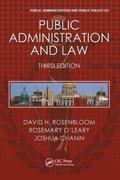Answered step by step
Verified Expert Solution
Question
1 Approved Answer
1. Consider the following constrained two-period optimization problem: max u(c1, c2) = - exp(-701) - Bexp(-702) (1) 1 subject to: C + (2) where y


Step by Step Solution
There are 3 Steps involved in it
Step: 1

Get Instant Access to Expert-Tailored Solutions
See step-by-step solutions with expert insights and AI powered tools for academic success
Step: 2

Step: 3

Ace Your Homework with AI
Get the answers you need in no time with our AI-driven, step-by-step assistance
Get Started


